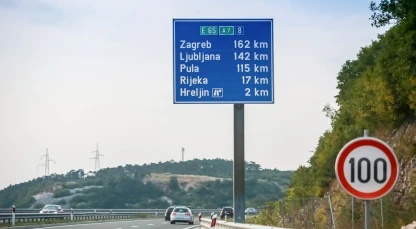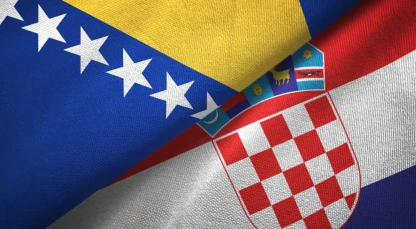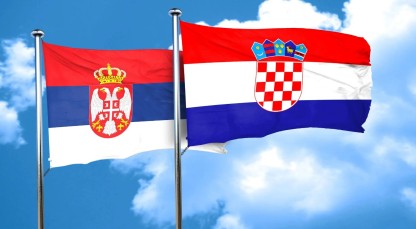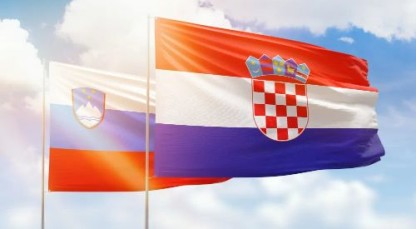Travelling from Italy to Croatia by Car: Routes, Ferries, and Visa Information
Croatia -- scenic beauty, historic cities, sparkling coastline -- has all the ingredients for an amazing southeastern Europe vacation. A visit from Italy to Croatia is easily achieved. There is no direct Italy-Croatia border crossing. However, there are options by land, sea, and air to make the short journey. The best option is overland, travelling through landscapes rich in history and culture.
Here, we offer advice regarding planning and implementing a trip from Italy to Croatia. We'll look at information about the roads used during the trip and immigration requirements. And, we share the major routes from northern Italy to Croatia -- both western and eastern.
We've also included some of the popular attractions in each region. Lastly, we inform you of other ways to travel between the two countries. You'll find additional useful information about Vignettes for toll roads, on our website.
Tolls and Road Conditions
Before hitting the road, it's crucial to be aware of tolls and road conditions in Croatia.
Choosing where to cross between Bosnia and Herzegovina and Croatia
Many of the motorways require the payment of tolls. Carry either local currency or a credit card. Fees can be paid at toll booths or online.
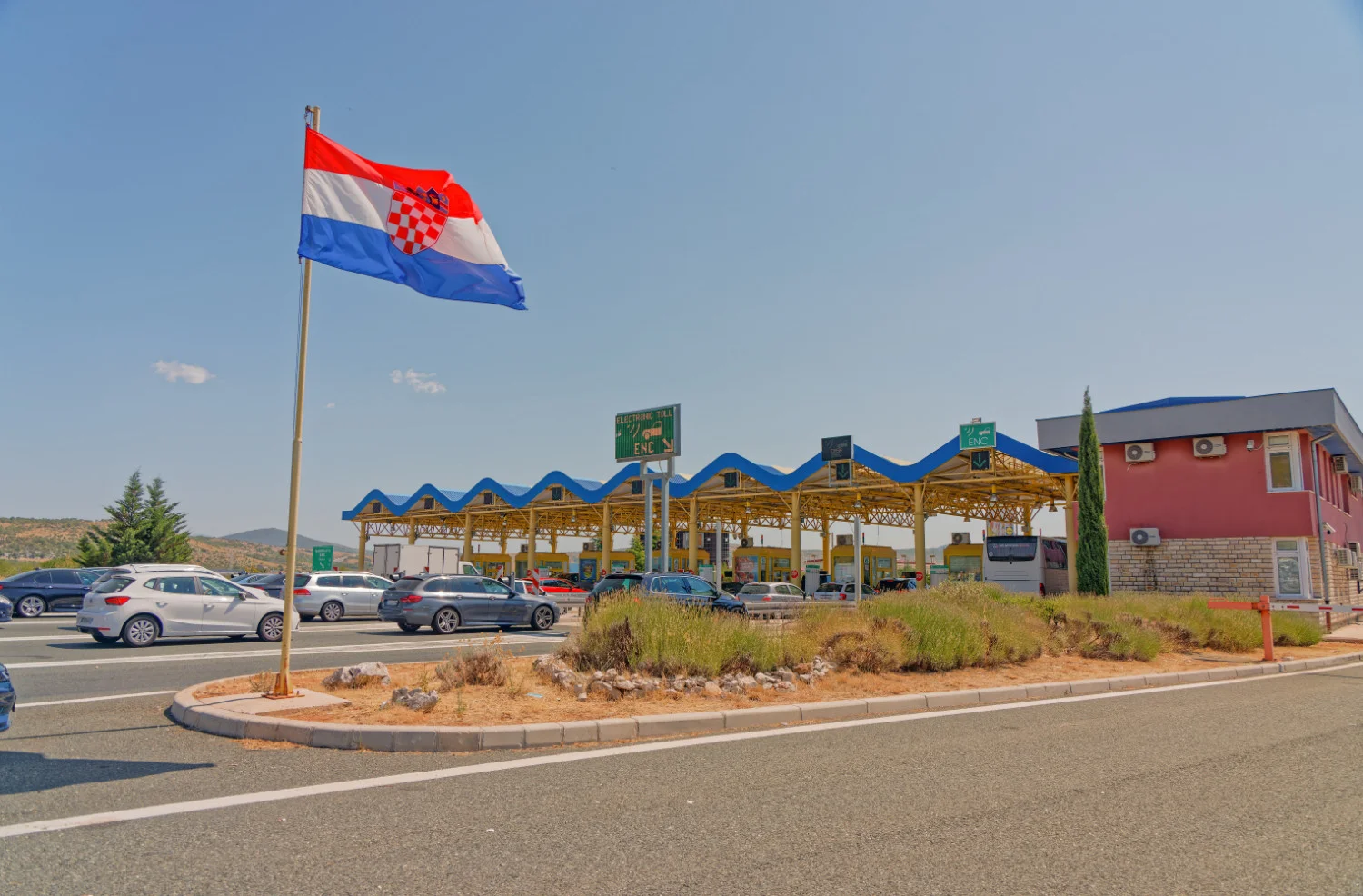
Road Conditions:
The roads in Croatia, Slovenia, and Italy are generally excellent. However, there may be detours, so it is best to check road information portals online before travelling.
Essential Regulations for Road Users:
Here are some essential road traffic regulations in Croatia. Be sure to familiarise yourself with regulations in Slovenia and Italy too. Also, take a look at our article about speed limits in Croatia:
- Drive on the right-hand side of the road.
- Seatbelt use is compulsory.
- Carry a valid driving licence, registration documents, and insurance papers.
- The speed limit is 50 km/h in urban areas, 90 km/h on open roads, and 130 km/h on highways.
- Headlights must be switched on at all times.
- Do not use your mobile phone, unless equipped with a hands-free kit.
- Blood alcohol concentration limit is 0.05%. Do not drive under the influence of alcohol or drugs.
Travelling to Croatia from Italy as an EU Citizen
If you are a citizen of a European Union member country, you have the privilege of visa-free travel. Have your valid identification documents (passport or national identity card) available for border checks. If you're on the way to Serbia [INSERT LINK URL WHEN AVAILABLE], our article will tell you all you need to know about border crossings.
Travelling to Croatia from Italy as a Non-EU Citizen
As a non-EU citizen wishing to enter Croatia or neighbouring countries Slovenia and Italy, check the visa requirements specific to your nationality. Visit the website of the Croatian Embassy or Consulate for detailed information while still in your home country.
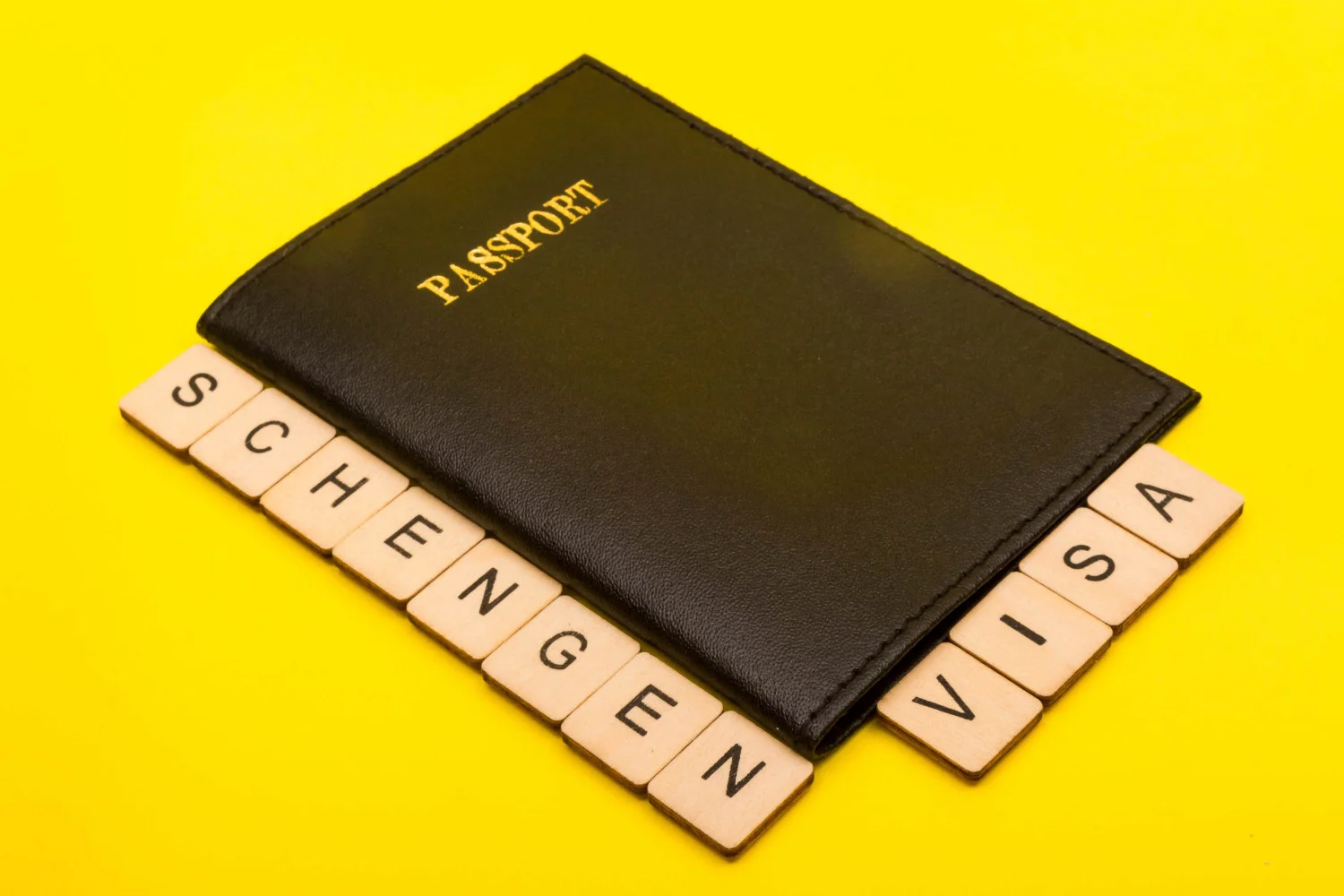
Travelling from Italy to Croatia as a Schengen Visa Holder
If you are in possession of a Schengen visa, you may enter the Republic of Croatia without a separate Croatian tourist visa. Ensure your visa is valid for your entire stay in Croatia. The specific rules and regulations applicable to Schengen visas will apply.
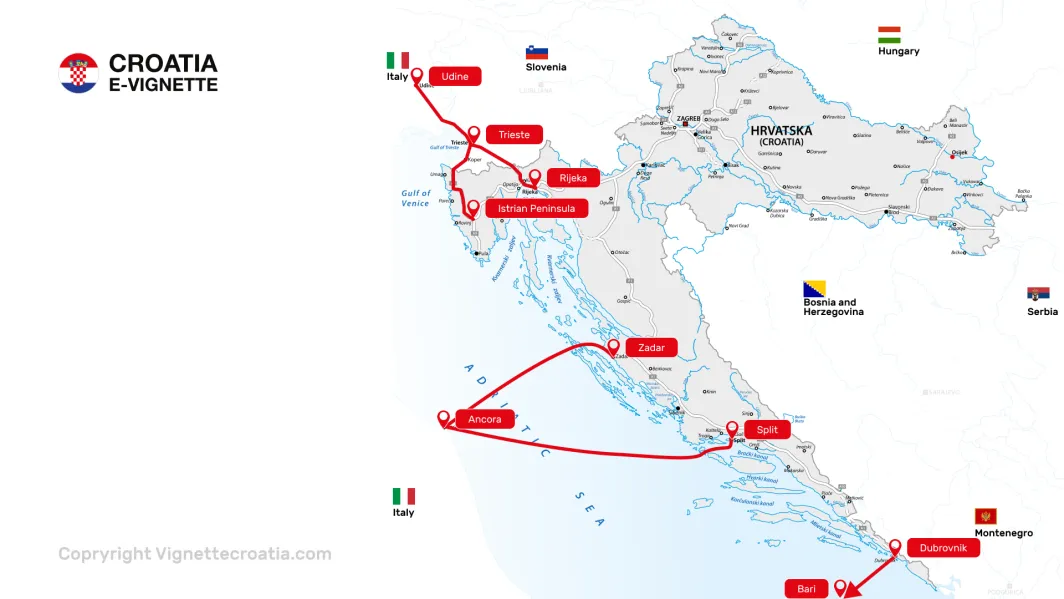
Road Routes from Italy to Croatia
As this article is primarily for car users travelling from Italy, here are the popular roads. All routes start in northeastern Italy.
Recommended Routes for Travelling to Rijeka, Western, and Southern Croatia
Route via Trieste
- From Trieste, take the E61 through Slovenia.
- Cross the border at the town of Pasjak and continue on the A7 to arrive in the city of Rijeka.
- Approximately 3 hours, covering around 240 kilometres.
Route via Trieste to Istrian Peninsula
Alternatively, if you are heading to a destination on the Istrian Peninsula, avoid a long detour via Rijeka by:
- Following the E751 via Koper, Slovenia, to the Croatian border
- Continue on the E751 to your destination in this region:
- Arrive after 45 minutes, covering about 40 kilometres.
Route via Udine
- Use the A23/E55 highway from the city of Udine, Italy.
- Enter Croatia at the town of Rupa and connect to the A7 towards Rijeka.
- About 3 hours, covering 250 kilometres.
Tourist Attractions in Western and Southern Croatia
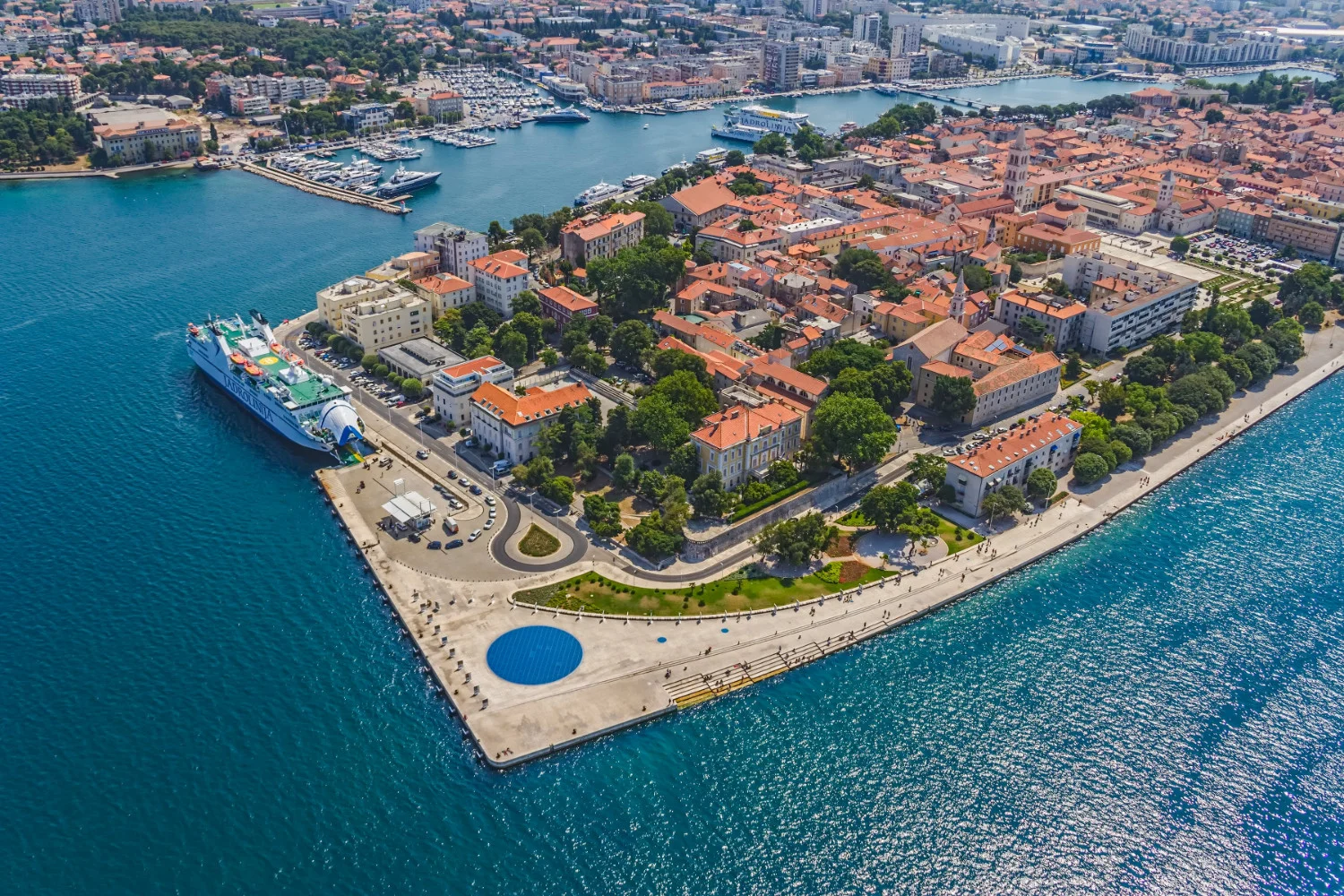
- Plitvice Lakes National Park
- Zadar
- Split
- Dubrovnik
Recommended Routes for Travelling from Italy to Croatia's capital, Zagreb and Eastern Croatia
If heading to Zagreb or planning to explore the eastern regions, consider the following routes:
Route via Palmanova
- Drive on the E70 from Palmanova to Villese
- Join the E61/A34 to the Slovenian border and continue to Ljubljana
- Rejoin the E70/A2 and over the Croatia to Italy border crossing towards Zagreb.
- Approximately 3 hours, and 268 kilometres covered.
Tourist Attractions near Zagreb and in Eastern Croatia:
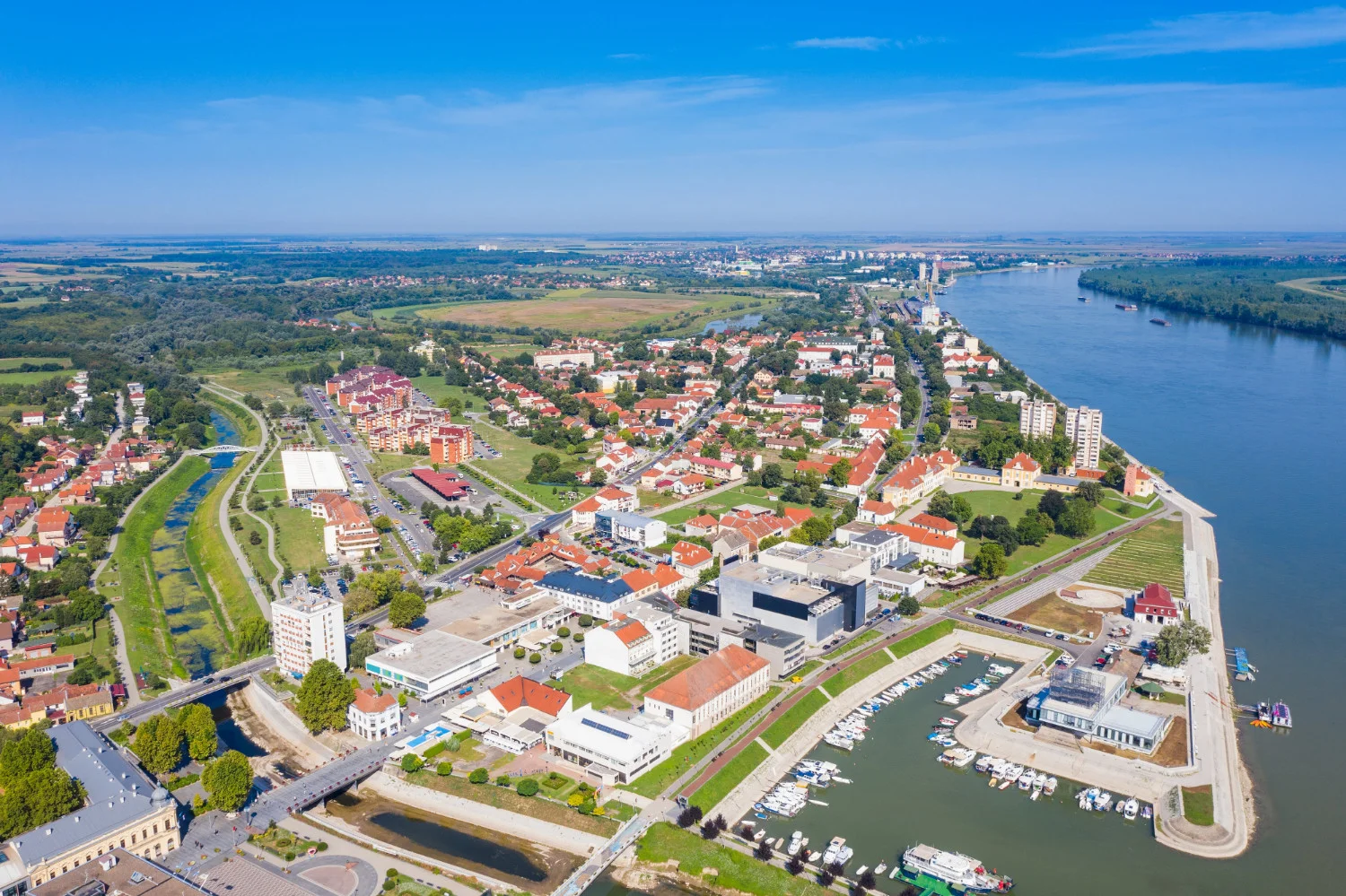
- Zagreb
- Varazdin
- Vukovar
Recommended Routes for Travelling from Italy to Croatia's capital, Zagreb and Eastern Croatia
There are three car ferry connection options to get from Italy to Croatia across the Adriatic Sea, by any vehicle except a bicycle:
- Ferries from Ancona to Split
- Ferries from Ancona to Zadar
- Ferries from Bari to Dubrovnik.
Note that there are other ferry departing points, such as Venice (Italy), that cannot be used with a car. Once in Croatia, you can also catch internal ferries, such as from Zadar to Mali Losinj.
Journey Time and Season of Operation
The ferry journey takes approximately 10 hours in most cases, for example from Ancona to Split. Not all services are operated all year round. Visit official ferry operator websites or, alternatively contact them, for trip schedules and prices. Many travellers enjoy this service as it offers something different.
Other Options for Transfers from Italy to Croatia
Book tickets in advance for the following:
Train
There are no direct trains but it is the cheapest option. Catch a train from Trieste (Italy) to Ljubljana (Slovenia). Then take a train to Zagreb. Trains operated by Croatian Railways go to Split and continental Croatia.
Bus
Get tickets to Zagreb or elsewhere using direct bus options from Italy to Croatia that operate year round. Contact the service providers.
Air
Numerous airlines service direct flight routes between Italy and Croatia, including Ryanair, Vueling Airlines, Croatia Airlines and ITA Airways. They fly to Zagreb, Split, Dubrovnik and elsewhere.
A Journey Worth Taking
Although it may appear at first glance to be a difficult undertaking, travelling by road between Italy and Croatian is relatively simple. The road network throughout allows drivers to reach their chosen destinations efficiently. For EU citizens and Schengen holders, the lack of border formalities makes a journey through the region even more appealing.
